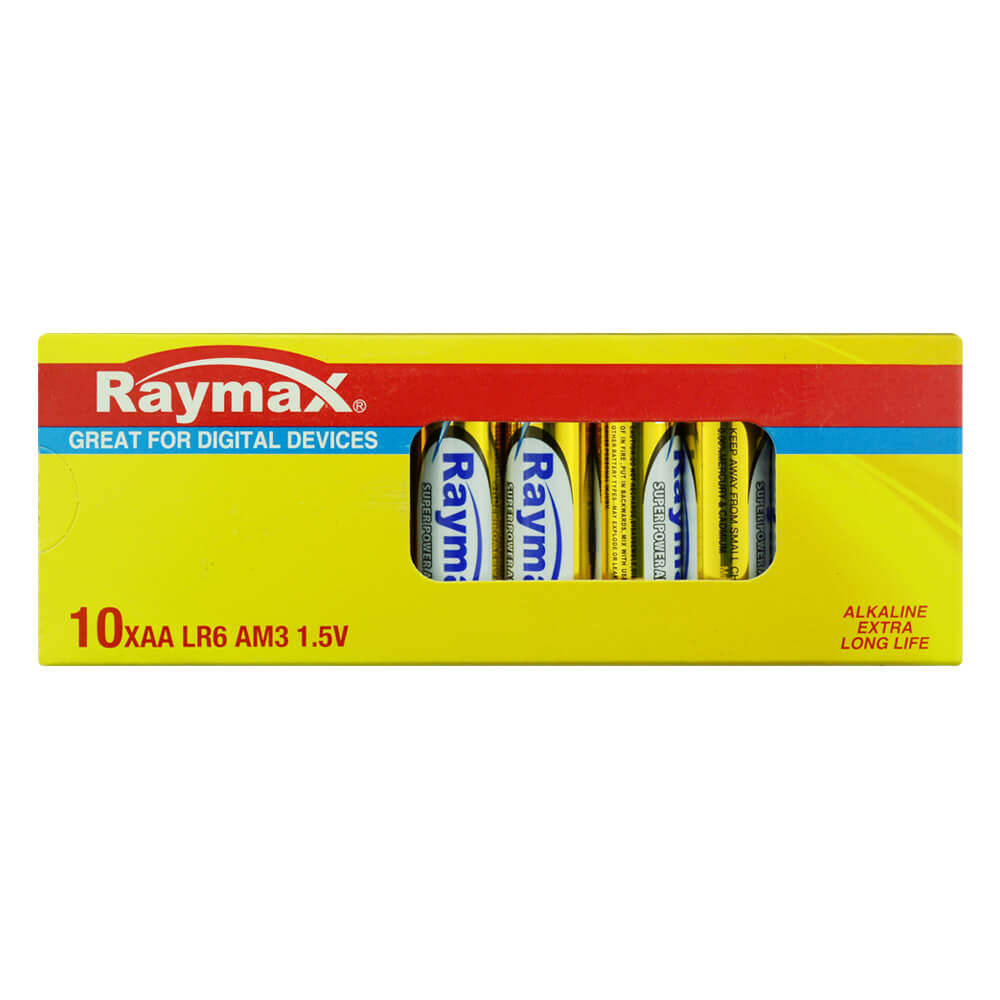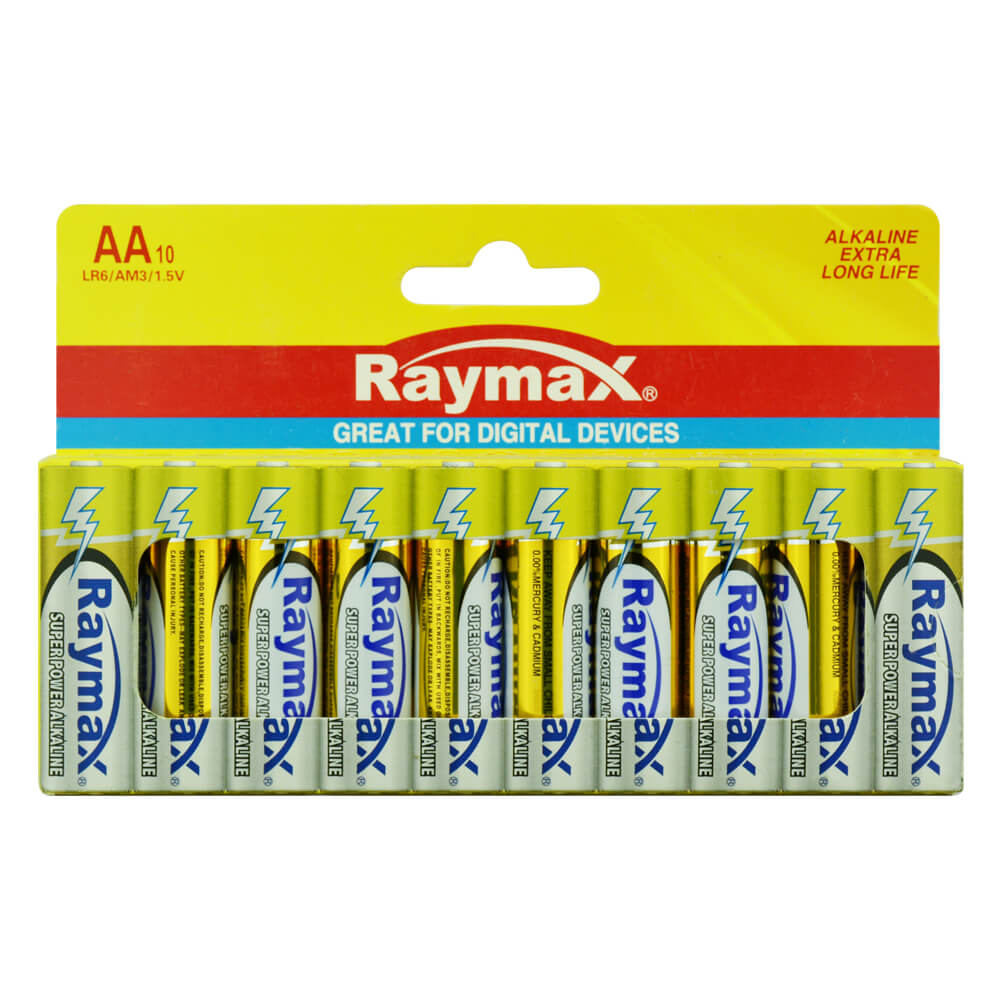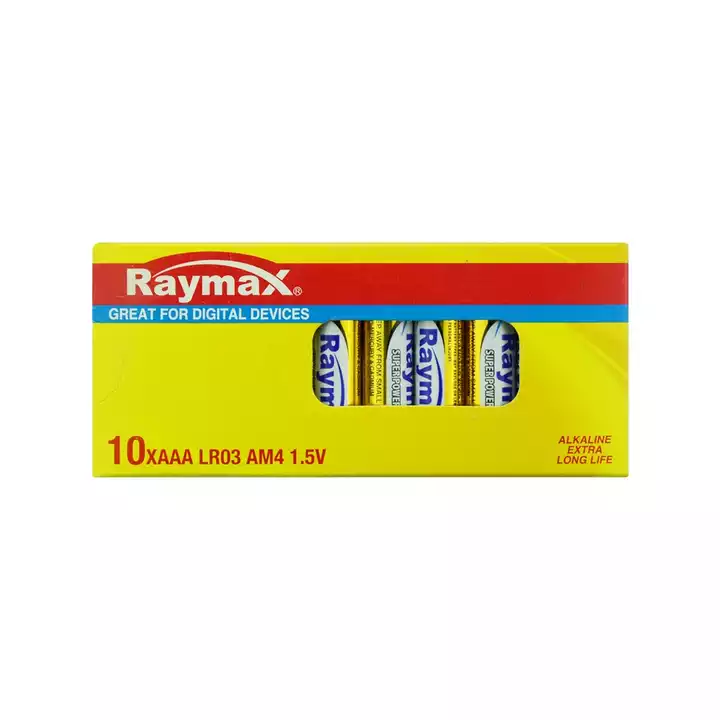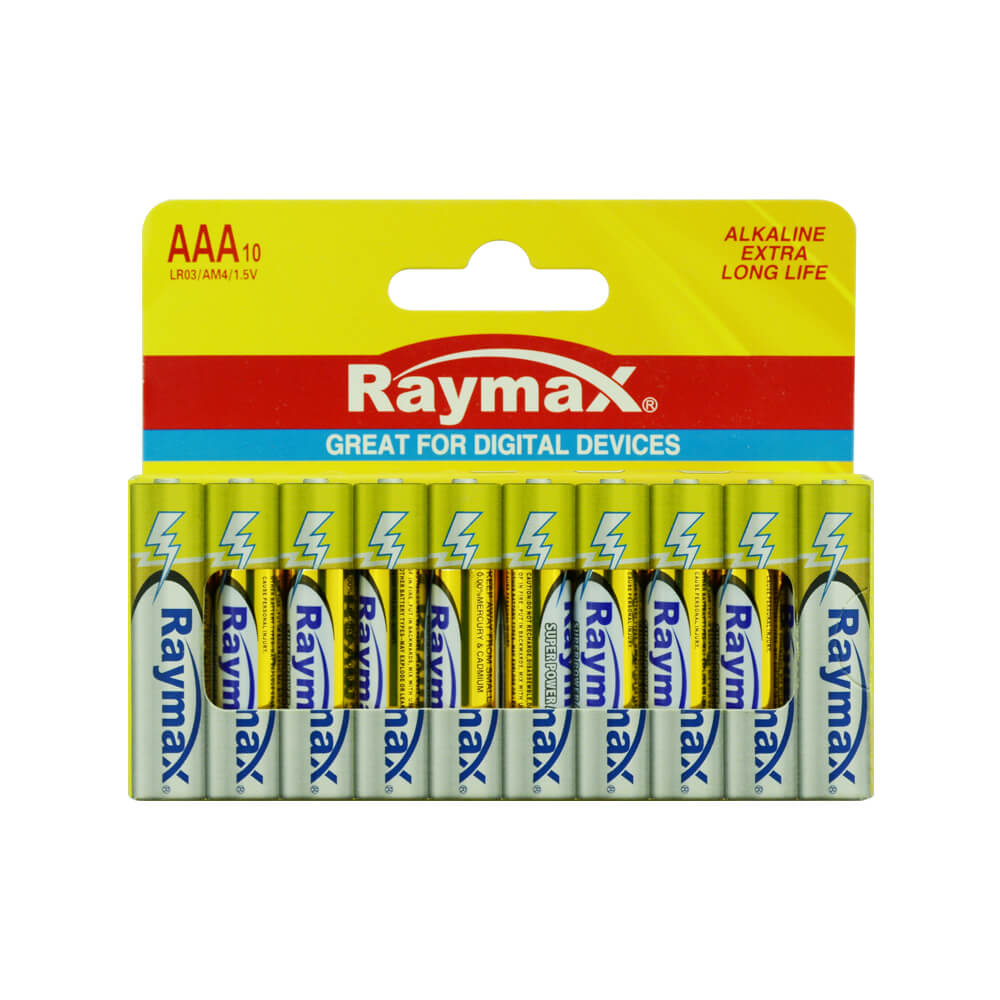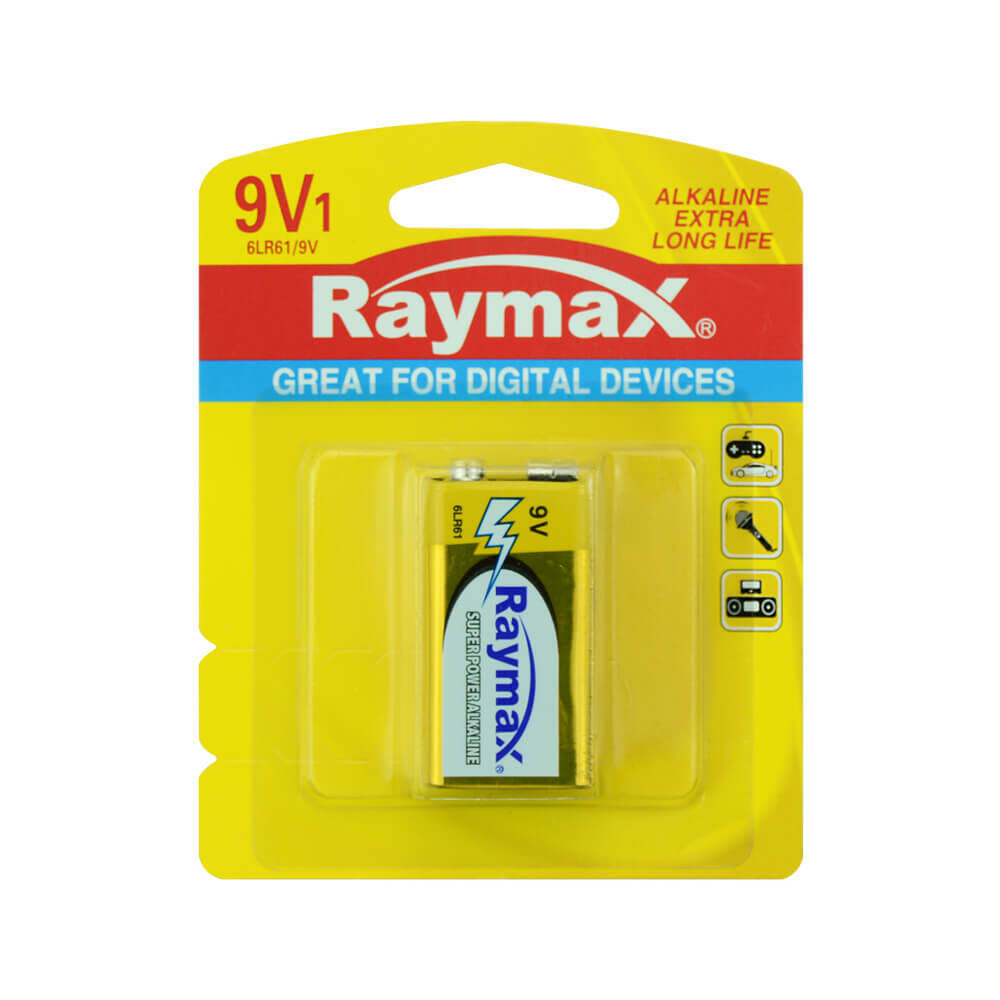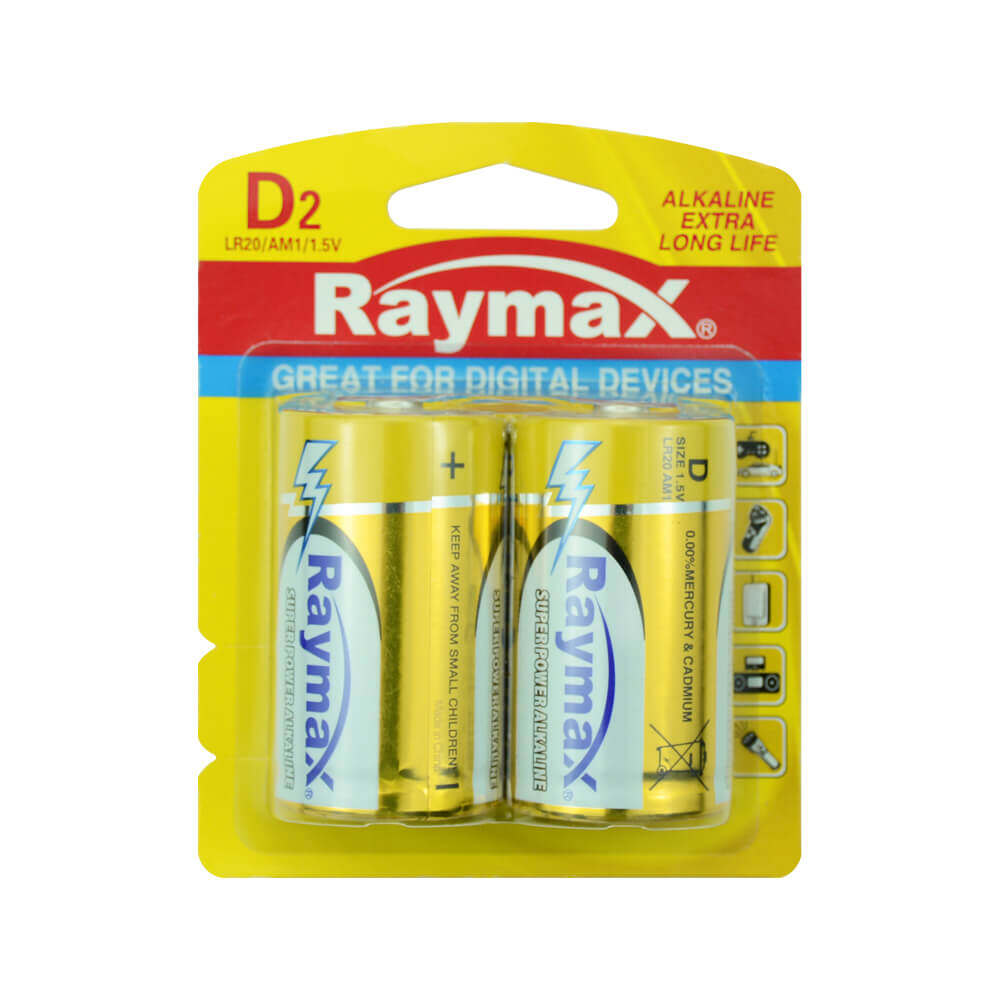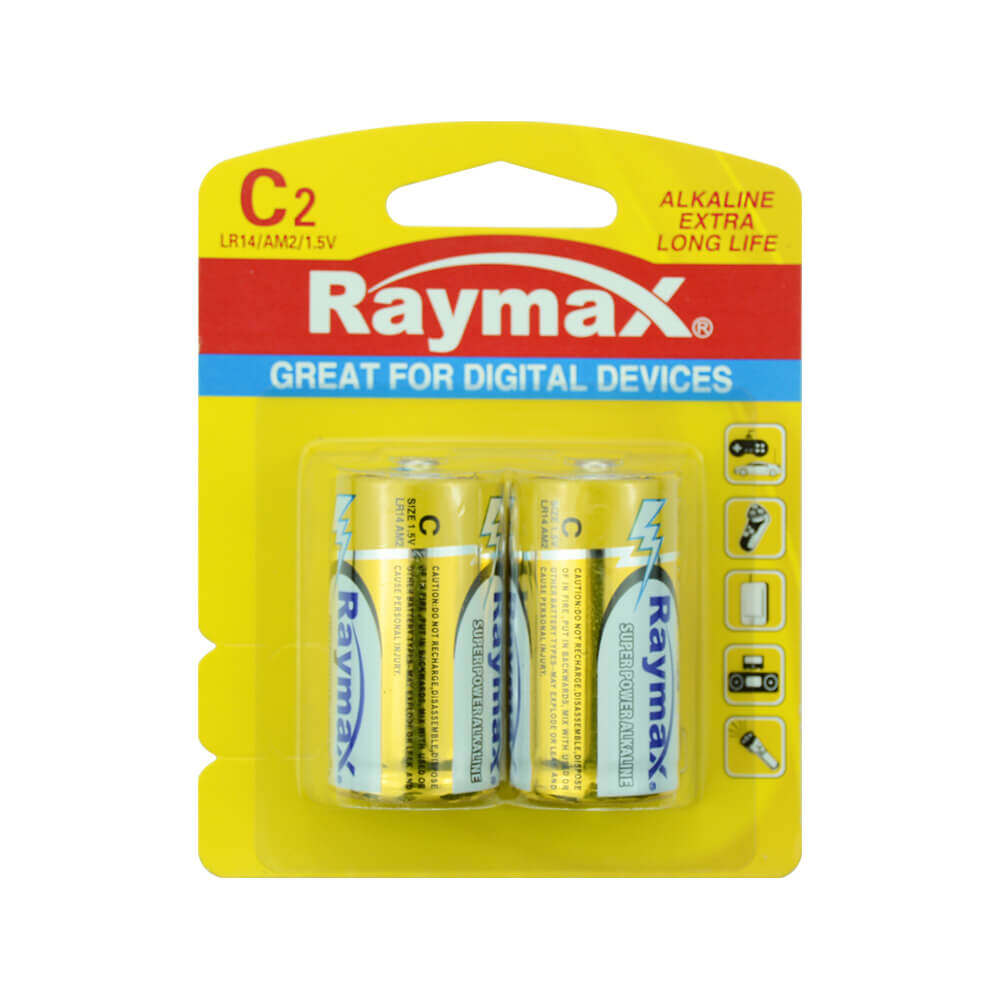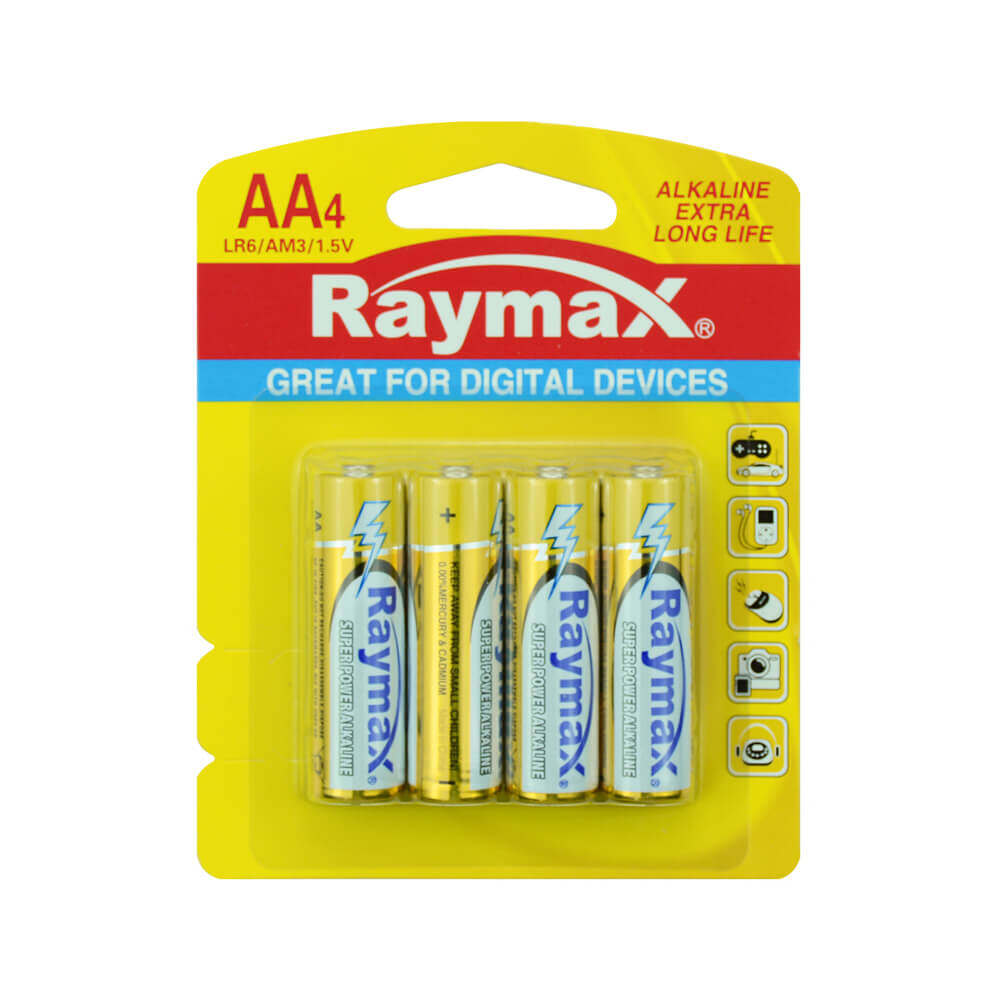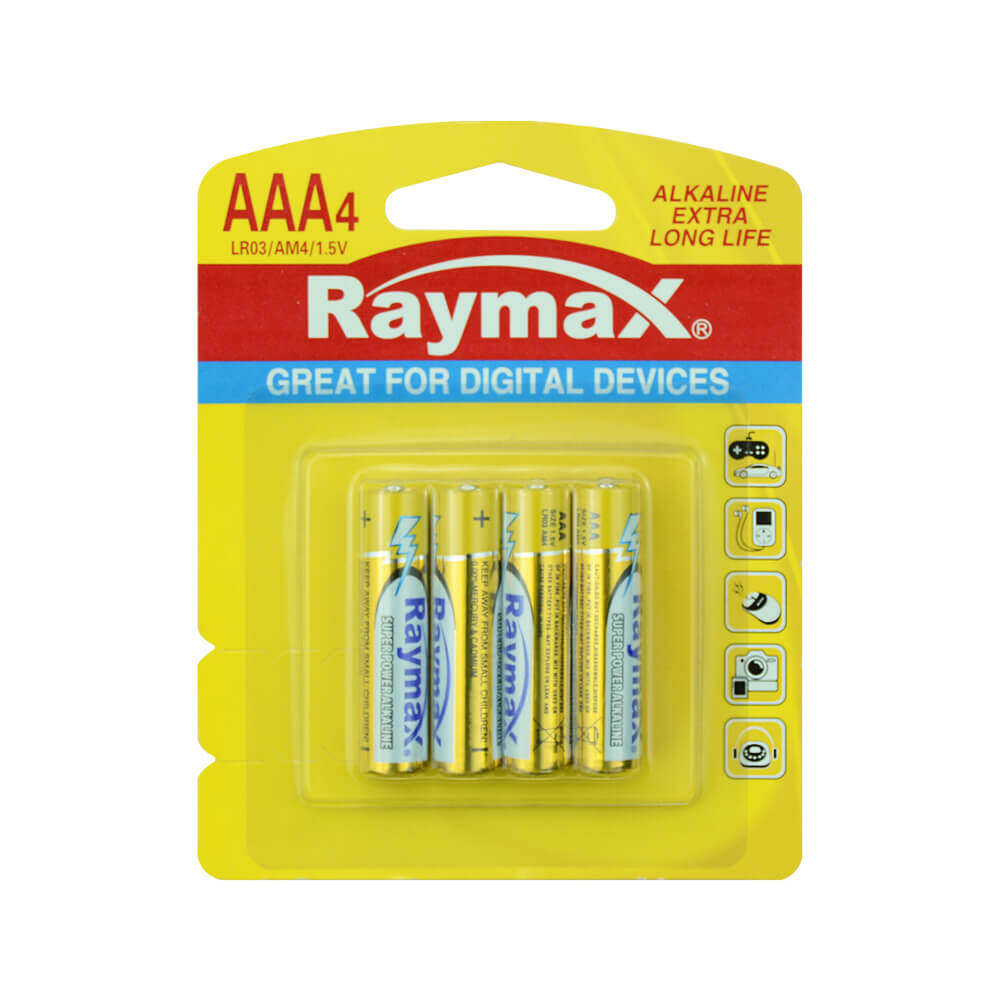Email format error
Email cannot be empty
Email already exists
6-20 characters(letters plus numbers only)
The password is inconsistent
Email format error
Email cannot be empty
Email does not exist
6-20 characters(letters plus numbers only)
The password is inconsistent

Extra Long Life Alkaline Battery
Extra Long Life Alkaline Battery
(9)Long service life and reliability are the main criteria for the application of alkaline batteries. These long-lasting Alkaline power found in these alkaline batteries, with a design enhanced for today's heavy current or continuous use applications, has the extra excellent shelf life than regular alkaline batteries.
Using Life of Long Life Alkaline Batteries
The lifespan can be affected by factors such as temperature, humidity, and the type of device being used. The lifespan of extra-long-life alkaline batteries can vary depending on the device and how often it is used. However, on average, these batteries can last up to 50% longer than regular alkaline batteries.
The of Long Life Alkaline Batteries
| Type of Extra Long Life Alkaline Battery | Estimated Lifespan |
|---|---|
| AA Extra Long Life Alkaline Battery | Up to 10 years in storage, up to 5 years in use |
| AAA Extra Long Life Alkaline Battery | Up to 10 years in storage, up to 3 years in use |
| C Extra Long Life Alkaline Battery | Up to 10 years in storage, up to 7 years in use |
| D Extra Long Life Alkaline Battery | Up to 10 years in storage, up to 10 years in use |
| 9V Extra Long Life Alkaline Battery | Up to 5 years in storage, up to 5 years in use |
1.5 volts, no mercury added, and no special disposal is required. Protecting your electronic devices all year round, now we have the models of 7-year, 10-year, and 12-year storage warranty for optimal power if stored correctly.
For example, you can click OEM wholesale ultra AAA alkaline battery, wholesale AA 1.5v lr6 alkaline batteries, C lr14 batteries, lr20 1.5 v alkaline battery, super 9v alkaline battery to get more details about the battery specs.
How to Use of Long-Lasting Alkaline Batteries
Extra-long-life alkaline batteries are used in the same way as regular alkaline batteries. Before inserting the batteries, make sure the device is turned off. Open the battery compartment and insert the batteries according to the polarity markings on the device. Once the batteries are inserted, close the battery compartment and turn on the device.
Frequently Asked Questions About extra-long-life alkaline batteries
Q: How long do extra-long-life alkaline batteries last?
A: The lifespan of extra-long-life alkaline batteries can vary depending on the device and how often it is used. However, on average, these batteries can last up to 50% longer than regular alkaline batteries.
Q: Are extra-long-life alkaline batteries rechargeable?
A: No, extra-long-life alkaline batteries are not rechargeable.
Q: Can extra-long-life alkaline batteries be used in all devices?
A: Extra-long-life alkaline batteries can be used in most electronic devices that require alkaline batteries. However, they are not recommended for devices that require rechargeable batteries or for devices that require a specific type of battery chemistry.
Extra-long-life alkaline batteries are a reliable and long-lasting power source for high-drain electronic devices. They are available in different sizes and are suitable for various applications. To get the most out of these batteries, it is essential to follow our instructions and store them in a cool, dry place. With proper use and storage, extra-long-life alkaline batteries can provide reliable performance for an extended period.
Raymax paper box wholesale LR6 AA um3 1.5V alkaline battery-10pcs value pack
Toys, remote controls, flashlights, calculators, clocks and radios, wireless mice, keyboards, and other common household items can all be powered reliably by Raymax AA batteries with PATENTED Ingredients. You can have peace of mind knowing they'll be available when you need them thanks to a 12-year storage warranty. These batteries are covered by Raymax's warranty against manufacturing and material flaws. Raymax is the most dependable battery brand for the moments that matter most, from storm season to holiday needs.
Raymax paper package OEM LR6 AA 1.5V wholesale alkaline battery 10pcs-pack
The heat starts to build up when the battery's negative and positive posts make contact with a metal object. This heat can't escape if it is contained (in a junk drawer, glove box, or box in your garage), and eventually it will become hot enough to ignite nearby materials.
Raymax paper box LR03 AAA 1.5V alkaline battery 10pcs value pack
Zinc and manganese dioxide serve as the electrode materials in alkaline batteries, which are disposable batteries. The alkaline electrolyte utilized is sodium hydroxide or potassium hydroxide. These batteries are more energy dense and leak-proof than carbon zinc batteries, and they also have a constant voltage.
OEM paper package LR03 AAA 1.5V alkaline battery 10pcs-pack
The reaction between zinc metal and manganese dioxide produces and distributes energy that is used in alkaline batteries and cells. These batteries have a negative cathode and a positive anode (the zinc end) (the manganese end). These components of a battery, also known as electrodes, serve as the sites of chemical reactions because of their interactions with the ions present in a potassium hydroxide solution.
Raymax 7 years shelf life 6LR61 9 volt alkaline battery bulk pack
Applications include smoke detectors, digital cameras, remote controls for games and movies, wireless keyboards and mice, radios, shavers, toys, garage door openers, wireless microphones, stud finders, walkie-talkies, multimeters, alarm clocks, wireless transmitters, dog bark controllers, and more.
Raymax stable performance good quality LR20 1.5v alkaline D type dry battery, 2 pcs pack in bulk
Unlike conventional dry batteries filled with solid paste, alkaline batteries' potassium hydroxide is a liquid, resulting in a low internal resistance. The amount of current generated is 3 to 5 times greater than that of regular dry batteries of the same volume because the zinc in the alkaline battery participates in the reaction as crumbs and has a large contact area with the electrolyte.
Wholesale Raymax Mercury & Cadmium free hi-tech alkaline battery C type LR14 2-pack
Batteries without mercury adhere to environmental protection standards. Other materials are used to replace the additives inside. In fact, this is a relief because even though these batteries are toxic and have high levels of heavy metals, their toxicity is relatively low.
Raymax ISO certificated OEM wholesale LR6 AA AM2 1.5v dry alkaline battery
Alkaline batteries are among the most economical and effective high-capacity dry batteries available. Manganese dioxide serves as the positive electrode in alkaline batteries, zinc serves as the negative electrode, and potassium hydroxide serves as the electrolyte. Its features are superior to those of carbon batteries, and it has a sizable amount of electric capacity.
OEM LR03 AAA AM4 1.5v super alkaline battery, 4 pcs retail pack
Compared to AA battery cells, AAA batteries are smaller. The dimensions of a single cell are 44.5 mm in length and 10.5 mm in diameter. The specific battery chemistry affects the battery's weight, nominal voltage, and battery designations or technical names. Both disposable and rechargeable batteries are acceptable here. Depending on the specific battery needs of your individual devices and applications, these can be used as a single cell or in multiple cells.


